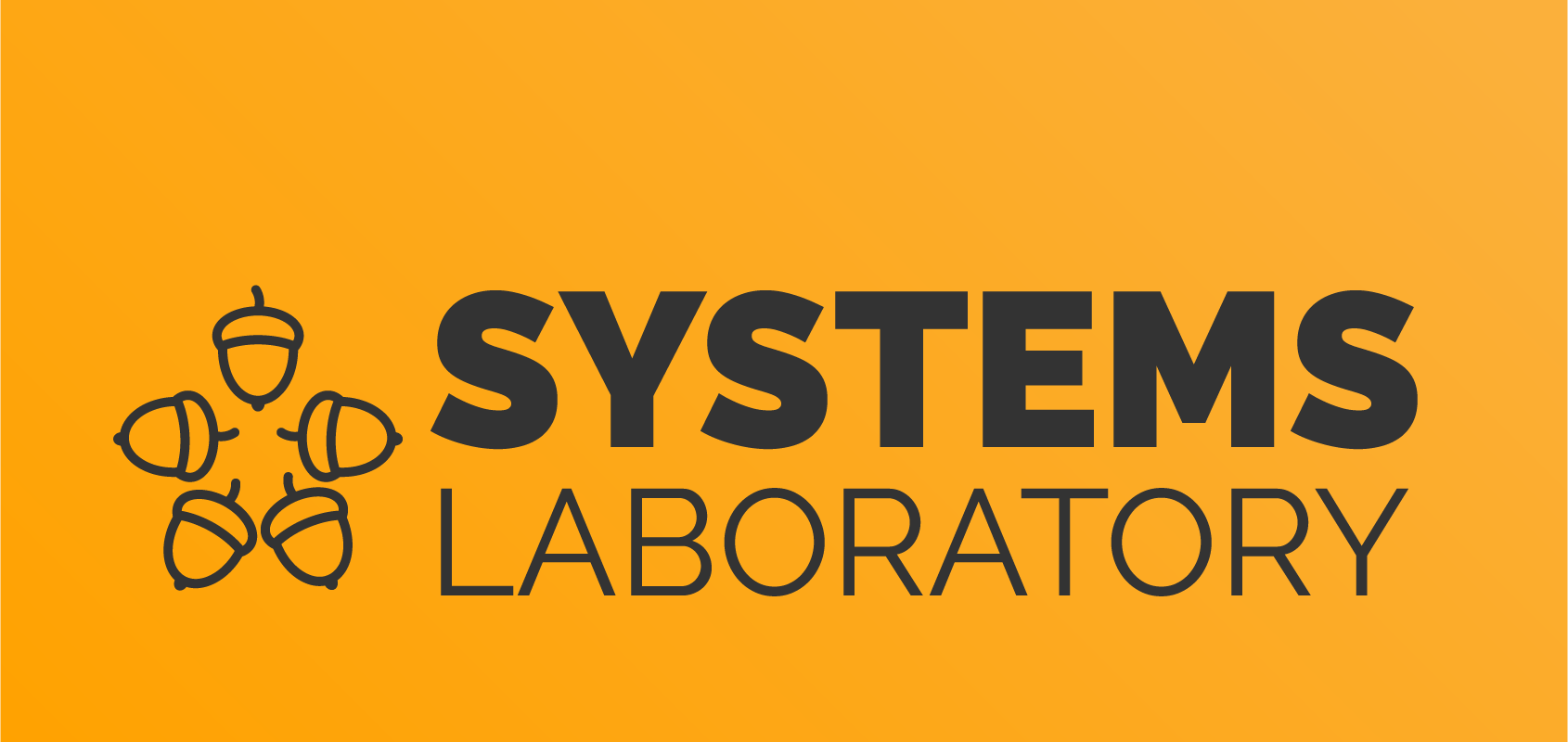This is an old revision of the document!
Lab 7 - Endpoint Security
Topology
Tasks
Open the Labweek7-Topology.net file.
Important! Non-persistent tasks:
- Some tasks will as you to intentionally cause an error in the configuration/topology. If you wish to continue with the following tasks and you need to correct the error, make sure you paste in a text file the required command outputs that prove that the previous tasks have been correctly solved.
Important! Configuring this lab:
- DO NOT change the topology (not even port numbers for connected cables).
- DO NOT attempt to configure anything on the hubs.
- DO NOT add any extra connections unless excplicitely mentioned by an exercise.
- DO NOT attempt to configure any Layer 3 information on the switches [except for the bonus task].
Useful show commands:
show interface switchportshow spanning-tree summaryshow spanning-tree interface fastethernet x/yshow port security
- [0.5p] Assign IP addresses to all desktops, servers and the laptop from the same IP subnet. Test connectivity.
- [+1=1.5p] What VLAN are your switchports currently in? Determine the current root bridge of the topology. Which segment of your network has been closed by STP? Paste one or more outputs in a Notepad window that prove your findings.
- [+1.5=3p] Configure the network so that SW2 becomes the current root bridge for VLAN1. Configure SW1 to become the root bridge in case SW2 fails. Test.
- [+1=4p] Ensure that all the links between the switches will always be trunk links. Disable DTP negociation on all inter-switch links and configure them statically as trunks.
- [+1=5p] Non-trunking ports do not need to participate in the STP election. Set all non-trunking ports to the proper mode and make sure that they will go directy to the forwarding state.
- [+1.5=6.5p] You want your network traffic patterns to be predictable. One step towards this is to ensure that no other switch will become the root bridge and no user will be able to spoof BPDUs in order to receive all switched traffic, as would a real root bridge do. Protect all three switches against superior BPDUs (BPDUs that are better than the ones of the root bridge’s).
- Hint: To test, connect SW4 to Hub1 (any port to any port) using a cross-over cable.
- [+1.5=8p] You are worried about users that might connect switches to your topology and cause disruptions in your topology. Configure non-trunking ports to shut down automatically when they receive a BPDU.
- Hint: To test, connect SW5 to Hub2 (any port to any port) using a cross-over cable.
- [+2=10p] Configure port security on SW1 so that only two MAC addresses will be learned on port Fa0/10 and will be automatically stored in the running configuration. If a third MAC address is detected, alert messages will be sent and the packets from the unaccepted MAC address discarded.
- Hint: To test, turn on PC „VISITOR”, assign it an IP address and send some traffic.
- Hint: Packet Tracer might not show the syslog messages; check the port security violation counter instead.
- [BONUS] [+1=11p] Call the lab assistant to check your progress before attempting this task. Add a 3560 multilayer switch in the topology. Disconnect the cables in ports Fa0/10 and Fa0/20 from SW1 and connect them to the 3560. Configure the segment on the left (hub+3 hosts) in VLAN 10 and Server1 in VLAN 20. Provide inter-VLAN connectivity using switched virtual interfaces (SVIs) on the 3560..
- Hint: Change Server1’s IP address, so that it will belong to a different subnet than the one of VLAN10.
- Hint: your connections should look like this:


